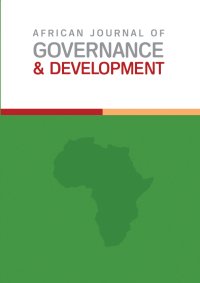Challenges of Ethiopian Transition: Breakthrough or Brink of Collapse?
Main Article Content
Abstract
Anti-regime protests rocked Ethiopia from November 2015 to mid-February 2018. Two of the dominant Ethnic groups were at the forefront of the protests. The dissent was triggered by two mechanical events. But there were a variety of long-standing structural
conditions setting the ground for the protest to germinate. The campaign succeeded in bringing together hitherto accusatorial groups and mobilized nationwide protest. Brute force was used by the regime security. Protesters, however, eventually succeeded in
forcing the regime out of office and ushered in political reforms. As a result, the political space declared widened, long-shattered Ethio-Eritrean relation restored, and political prisoners released. The experience transformed the conventional notions of regime
change. The reform shows there is a glimmer of hope Ethiopia may succeed in transitioning into democracy. However, there are also some shady areas with the potential to capitulate the entire process of transition. Some of these challenges came along with the reforms and have the potential not only to disrupt the process but also will jeopardize- Ethiopia’s existence as a unified nation. The purpose of this article, therefore, is to analyze transitional challenges that require careful considerations. These include, but are not
entirely limited to, historical reworking and meddling between and among identity-based references, feelings of periodic ethnic-power turn takings on the grounds of identity, social media elevated populism & adventurism, local territorial administrative and identity
issues. Understanding these challenges is crucial to sustaining reforms and ease the process of transition.
Article Details

This work is licensed under a Creative Commons Attribution-NonCommercial-NoDerivatives 4.0 International License.
